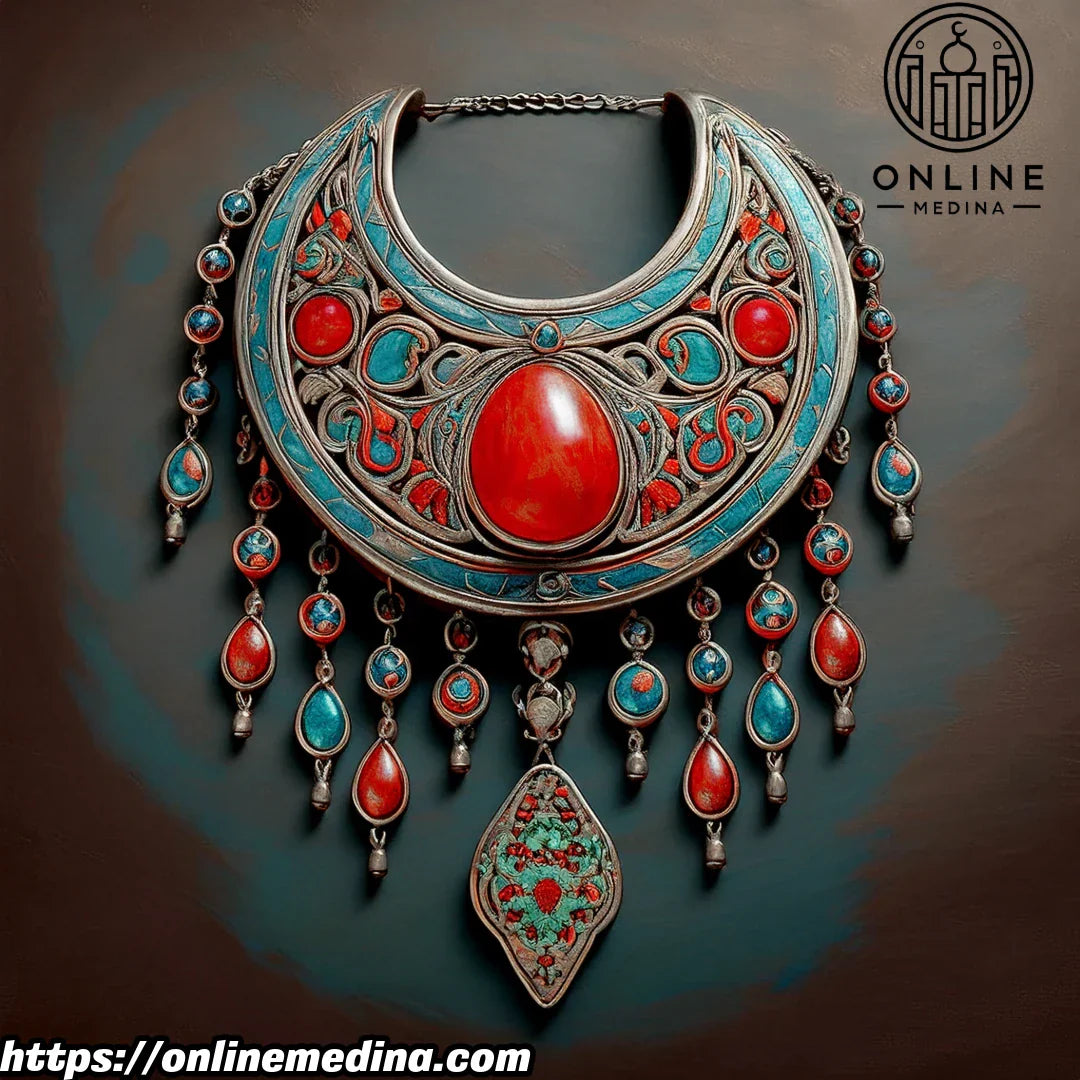
🎬 EPISODE 4: Amazigh silver jewelry
EPISODE 4. Amazigh silver jewelry is more than a simple ornament. Each piece carries history, symbols, and ancestral traditions passed down through the centuries. Handcrafted and deeply symbolic, these creations reflect the cultural identity of Morocco's Berber communities.

Origins of an ancestral craft
The art of Amazigh silver jewelry dates back more than 2,000 years. Early Berber civilizations in Morocco shaped copper and bronze into jewelry, often decorated with pearls and shells, serving both aesthetic and protective purposes.
- Before Islam: jewelry was a spiritual and social marker within Berber tribes.
- From the 7th century: silver became the favored metal, symbolizing purity and protection.
- Between the 15th and 19th centuries: Moroccan Jewish goldsmiths introduced refined chiseling and engraving techniques, marking the golden age of Amazigh jewelry.

Chiseling and silverworking techniques
Each Amazigh jewel is made using time-honored techniques:
- Molten silver is poured into carved stone or clay molds.
- Hammering shapes the base and gives it structure.
- Chiseling with small tools adds symbolic patterns and ancestral motifs.
- Some pieces are inlaid with coral, amber or turquoise, or decorated with vibrant enamels.

Symbolism and meanings in Amazigh jewelry
Each silver jewel has a specific function and message:
- The fibula (tazerzit): a triangular brooch used to secure the haik (veil), symbolizing femininity and fertility.
- Engraved rings and bracelets: believed to protect against the evil eye and bring prosperity.
- Cross-shaped pendants: represent cardinal directions and connection with the cosmos.
- Circular earrings: echo ideas of eternity and spiritual strength.
To gift Amazigh jewelry is to offer both beauty and protection, a gesture rich in tradition.

Tradition and renewal in silver jewelry
Amazigh silver jewelry is evolving with the times:
- Vintage pieces are highly sought after by collectors worldwide.
- Contemporary artisans combine ancient motifs with modern aesthetics.
- E-commerce opens new markets, with platforms like Online Medina connecting artisans and conscious buyers.
- Craft cooperatives train young apprentices to preserve this ancestral craft.

Conclusion: a living art form
Amazigh silver jewelry is far more than decoration. Each handcrafted piece reflects the cultural memory of Morocco. It tells a story of beauty, resilience, and identity carried by the hands of skilled artisans.
📌 In the next episode: Journey to Marrakech and Fez, where ancestral tanning techniques give life to iconic leather slippers and accessories!
💍 Every jewel tells a story. Visit Online Medina and discover objects full of meaning.